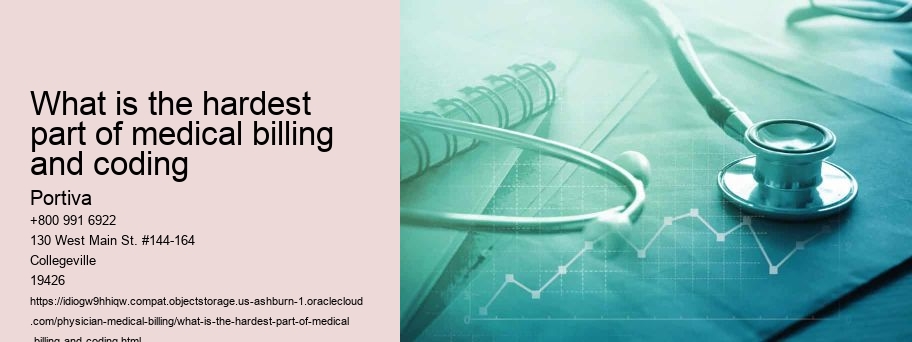The moment a patient receives medical care, the physician billing process gets going. Medical billing specialists oversee billing workflows, interact with payers and patients, fix billing issues like denials and errors, and improve billing efficiency. Honestly, physician medical billing has always been a complicated topic to discuss, and even more complicated when it comes to filing for reimbursement. The billing procedure then starts when the claim is sent to the patient's insurance provider for payment. Medical billing is a crucial part of the healthcare sector. But occasionally, a patient's insurance provider might only agree to pay for a service if it is rendered by a doctor. Medical billing laws, guidelines, and best practices should be thoroughly understood by billing agents. The effectiveness, accuracy, and financial success of your practice can be greatly impacted by choosing the appropriate medical billing software and professional, whether you decide to manage your billing internally or contract it out to a third-party business. Medical billing representative handle all aspects of medical billing for healthcare service providers, such as communicating with insurance companies, liaising with patients, submitting claims electronically, managing accounts receivable, and reviewing medical reports for accuracy. An important part of any doctor's practice is medical billing. However, in most cases, the physician billing process consists of the following steps: first, the healthcare practitioner records the services provided, assigns billing codes, and puts the claim together. Medical billing is the process of submitting and following up on claims with insurance companies so that doctors and other healthcare providers can be paid for the services provided.
physician medical billing
